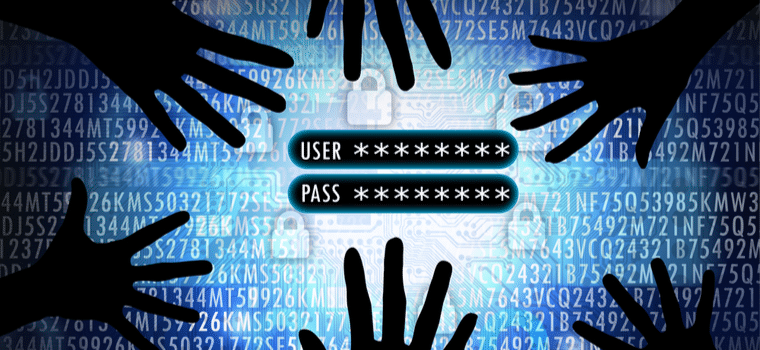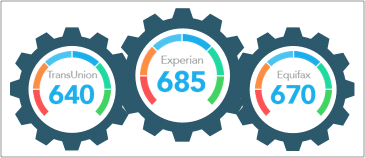A data breach occurs when your personal information is accessed by an unauthorized user. The stolen information is usually a personal identifier, such as your Social Security number, banking information, medical records, driver’s license or credit card number.
Unauthorized users often leverage the information for criminal purposes, such as identity theft or account takeovers, which means they use your data to purchase goods and services.
Hundreds of data breaches occur every year at healthcare providers, financial institutions and professional services businesses, and the number of exposed data records continues to grow. From 2023 to 2024, the number of reported data breach victims increased by 211%.
If your information has been compromised, follow these tips on what to do after a data breach.
How Can You Protect Yourself From a Data Breach?
Cybercriminals continue to devise new plans to steal information, but they aren’t invincible. Simple steps like creating complex passwords and using multifactor authentication (common with mobile banking accounts) can help thwart thieves.
You can also protect yourself by setting up fraud alerts and account alerts on your credit cards so you’ll be notified if purchases are made that don’t align with your normal buying behaviors.
It’s also important to monitor your credit reports regularly to identify any bogus activity. If you find errors, dispute them immediately to protect your credit scores.
What to Do After a Data Breach
Whether you’ve received a Notice of Data Breach from a business or bank, or discovered the incident yourself, these are the steps to take after a data breach.
- Make Contact: Contact one of the three major credit bureaus — TransUnion, Equifax, or Experian — and set up a 90-day fraud alert. This alert (which can be renewed again) will tell creditors and lenders that your information may be been compromised. In the case of a fraud alert, the credit bureaus are required by law to share the information with each other, so it’s only necessary for you to contact one of them.
- Keep an Eye on Your Reports: If you’re not already proactively monitoring your credit reports and alerts, the time to do so is now. Review your credit reports regularly to see if new information or inquiries show up. For your convenience, you can access all three major reports at once here as a ScoreSense® member.
- Initiate a Credit Freeze: This prohibits new lenders from accessing your credit reports and scores without your explicit authorization. The credit freeze will stay in place until you undo it.
- Request a New Account or Card: If an account has been breached, contact your lender and check if you should close it and open a new one with a different account number. Likewise, cancel the credit or debit card and request a replacement.
- Dispute Errors: If you’ve discovered the incident (rather than receiving a Notice of Data Breach), contact the fraud department of the credit card or financial institution to let them know what’s happened. You may also be required to dispute any bogus transactions in writing.
The key with a data breach is to spring into action as soon as you know it has occurred. Quick resolution will be key to mitigating additional risk — and protecting your personal financial information.




